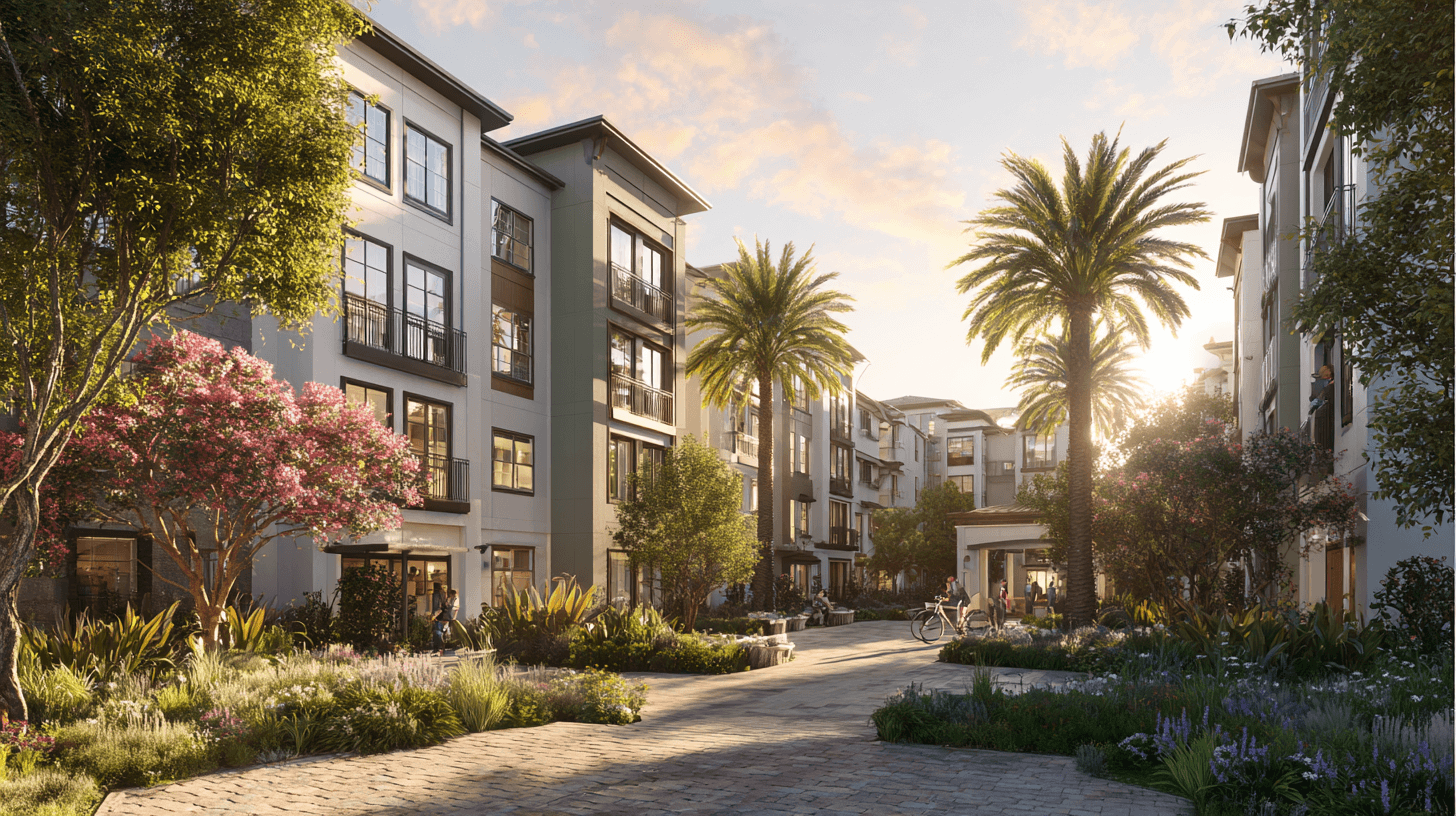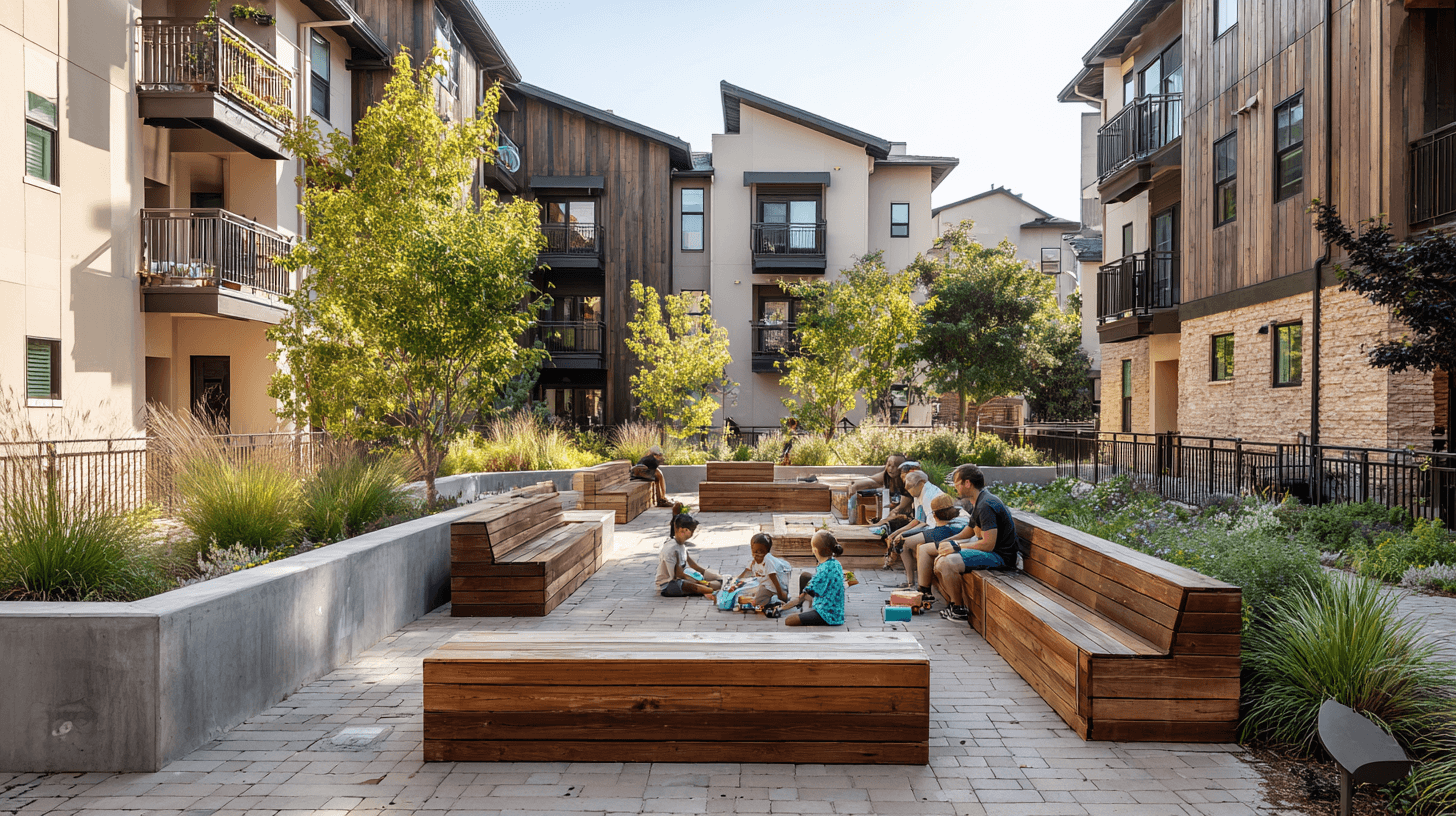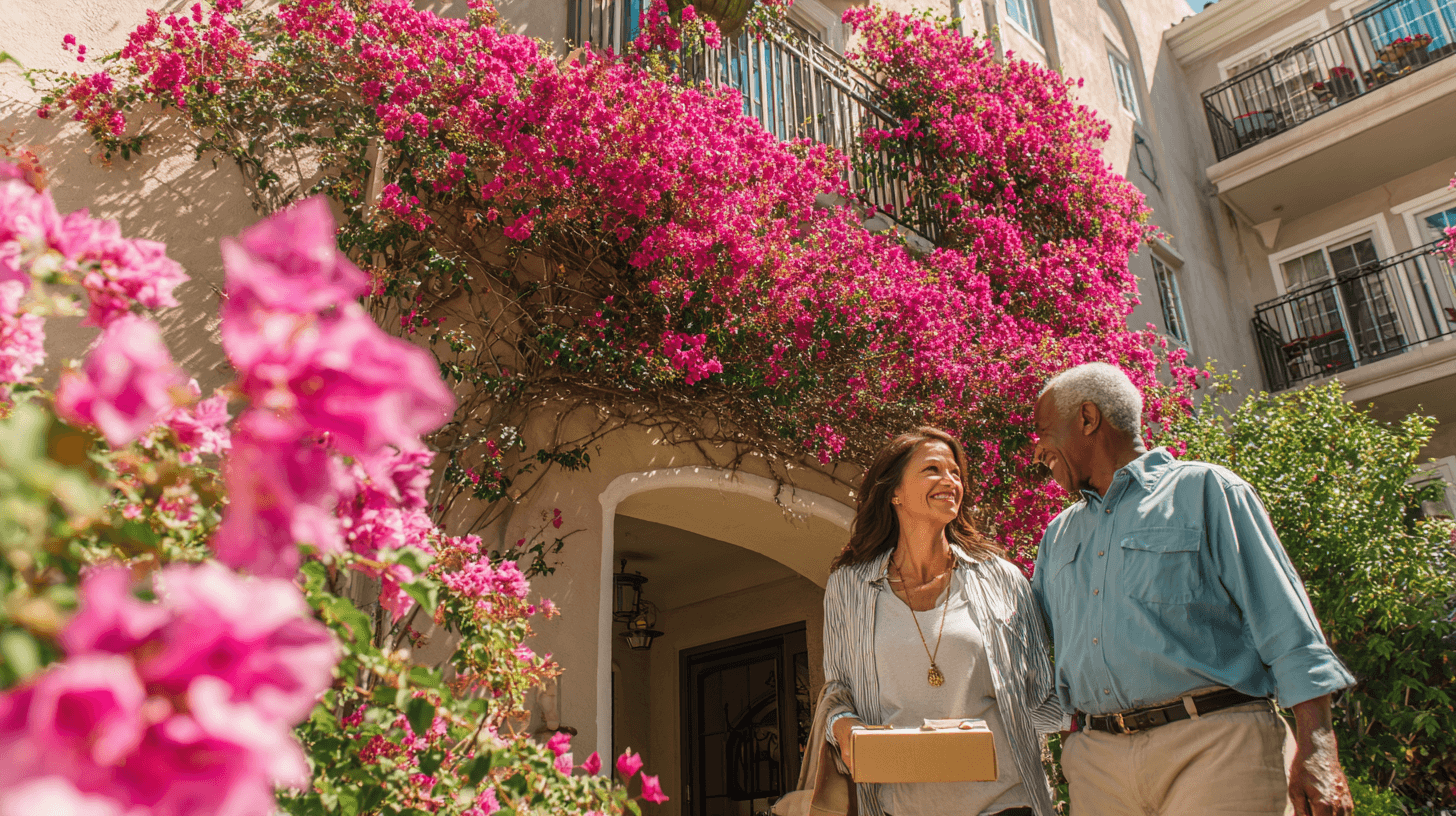.png)
The multifamily industry has been sold a $30,000-per-year lie.
That's what the average 200-unit garden-style property hemorrhages annually on failed universal access control systems—between dead batteries, credential replacements, and staff hours wasted driving between buildings to fix problems that shouldn't exist.
Here's the deception: vendors push the same sophisticated access control systems to sprawling garden-style complexes that they sell to 40-story urban high-rises, promising "one platform for all your properties." The result? 76% of properties still use traditional keys despite proven alternatives. Even worse, those who bought into the universal solution myth are abandoning ship—smart lock adoption crashed from 30% to just 16% between 2022 and 2024.
Why? Because forcing a high-rise security solution onto a garden-style property is like wearing a tuxedo to mow the lawn. It's not just overkill—it's fundamentally incompatible with how these properties actually operate.
Let's start with the elephant in the room: high-rise properties and garden-style apartments might both be "multifamily," but operationally, they're as different as a smartphone and a landline.
High-rise properties concentrate everything vertically. They average 274 units in a single building with centralized infrastructure, dedicated IT closets on every floor, and 24/7 professional staffing. Their security model relies on controlling one main entrance with sophisticated elevator restrictions—a concentrated approach that makes commercial access control systems designed for office buildings actually feasible.
Garden-style properties? They're the opposite in every way that matters.
These 2-4 story complexes sprawl horizontally across 12-15 acres with 8-10 separate buildings. Instead of one controlled entrance, they manage 40-60+ distributed access points. Rather than professional security staff, they operate on lean management models with no on-site presence after hours. And here's the kicker: 99% lack the private internet systems that high-rise systems depend on.
When your infrastructure, staffing model, entry point distribution, and operational approach differ this dramatically, expecting a single access control system to serve both efficiently isn't optimistic—it's delusional.

Garden-style apartments house the backbone of America's workforce—teachers, nurses, police officers earning around $42,500 median income. They can't afford the operational inefficiencies that come with mismatched technology.
Consider the battery apocalypse that nobody warned you about. Universal systems designed for hardwired high-rise installations become battery-powered nightmares in garden-style deployments. With 30% of properties citing dead batteries as their biggest smart lock challenge, maintenance teams waste hours driving between buildings to replace batteries in readers scattered across acres of property.
The security vulnerabilities are even worse. Garden-style ground-level units face 50% higher targeting rates than elevated apartments. Package theft hits these residents 34.1% harder than other property types. Yet universal systems designed for controlled high-rise lobbies can't address the distributed threat landscape of properties with dozens of exterior entrances and surface parking lots.
The financial bleeding is relentless. Properties report $30,000+ annual costs just for credential replacements—that's before counting the $26.83 in labor costs per replacement incident or the countless hours spent on what one property manager called "Monday morning fob-making marathons."
Here's what directly impacts your net operating income that vendors conveniently ignore: infrastructure incompatibility creates cascading operational failures.
Garden-style properties attempting to implement high-rise solutions face installation nightmares. One documented case study showed a 2,900-unit property requiring 120 days just for cabling work between 135 buildings. With trenching costs reaching $50-150 per linear foot, the infrastructure investment alone can exceed the entire access control budget.
But even successful installations don't solve the fundamental problem. High-rise systems require continuous power and network connectivity—luxuries that don't exist at remote building entrances across sprawling campuses. The workaround? Expensive battery-powered solutions that create a maintenance nightmare, with dead batteries affecting 30% of smart lock installations.
The operational burden multiplies exponentially. In high-rises, maintenance can address issues in minutes from a central location. In garden-style properties, that same fix requires driving across acres to reach failing equipment. When you multiply this inefficiency across dozens of buildings and hundreds of access points, the impact on NOI becomes devastating.

The market has spoken, and property managers better listen: 75% of renters want controlled community access, with younger demographics even more demanding.
Gen Z residents are reshaping expectations, with 62% citing smart home technology as important—compared to just 15% of Baby Boomers. They're not asking for keys and fobs; they expect smartphone-based access as standard. Meanwhile, 86% of millennial renters will pay more for smart access features, with residents willing to shell out an additional $33-36 monthly for these capabilities.
But here's where universal systems fail spectacularly: they're optimized for the wrong demographic in the wrong setting.
High-rise systems assume centralized management, professional IT support, and residents comfortable with complex multi-factor authentication. Garden-style properties need solutions that work for a diverse resident base, require minimal technical knowledge, and function reliably without on-site support.
The disconnect shows in satisfaction scores. Properties with appropriate mobile-credential systems report nearly 20% higher resident satisfaction. Those forcing universal solutions onto incompatible property types? They're seeing 40% increases in security complaints and 60% of residents reporting they don't feel safe.

The evidence is overwhelming: successful access control deployment requires matching system characteristics to property operational realities.
For garden-style properties, this means:
Properties implementing appropriate solutions see transformative results. One garden-style community achieved 52% reduction in unauthorized access within three months while eliminating physical keys entirely. Another documented $80,000 in annual operational savings through reduced credential costs and administrative efficiency.
For high-rise properties, the needs differ completely:
The key insight? Stop trying to force square pegs into round holes. Properties that honestly assess their infrastructure, staffing model, and resident demographics—then choose access control solutions designed specifically for their property type—consistently outperform those chasing universal solutions.

The multifamily industry's attempt to standardize access control across fundamentally different property types has failed. The reversal in smart lock adoption from 30% to 16% between 2022-2024 proves that universal solutions create more problems than they solve.
For property managers and owners focused on net operating income, the choice is clear. Garden-style properties need purpose-built solutions that acknowledge their distributed architecture, lean staffing models, and infrastructure limitations. High-rises require sophisticated systems leveraging their centralized advantages.
The good news? When properties implement appropriate solutions, the results are dramatic:
The era of one-size-fits-all access control is over. Properties that recognize this reality and invest in property-specific solutions will dominate those still chasing the universal solution myth.
Your residents are watching. Your competition is adapting. And your NOI depends on making the right choice.
The question isn't whether you need modern access control—it's whether you'll choose a system actually designed for your property type, or keep bleeding money on universal solutions that were never built for you.
Ready to explore access control solutions designed specifically for garden-style and mid-rise properties? Learn how property-specific technology can transform your operations and boost your NOI.